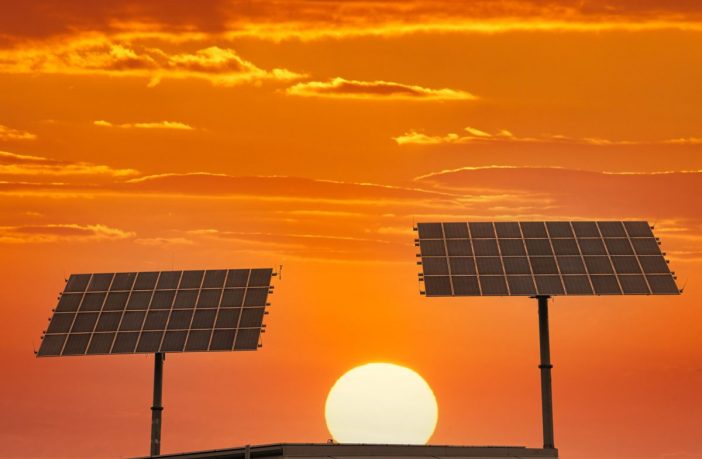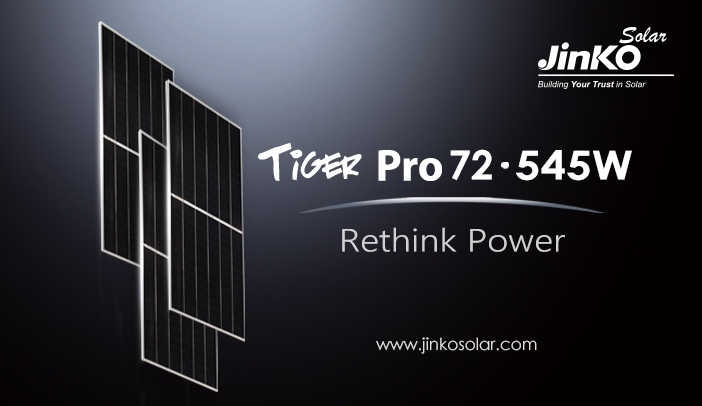- Scientists from South Ural State University (SUSU) in Russia have patented a new technology to prevent PV modules from overheating.
- Their special technique consists of a holographic film, based on prismatic concentrators known as “prismacons,” which are made of a transparent material containing holographic lenses of infinitely small dimensions.
“The internal structure of the holographic film is made in the form of miniature pyramids – prismatic concentrators able to effectively capture light rays and, due to their multiple reflection inside the prisms, concentrate on the surface of the solar module,” said researcher Irina Kirpichnikova.

The holographic film was covered with an ultra-thin layer made of unspecified rare earth metals, which purportedly reflect infrared radiation and transmit visible radiation.
“The working principle of a holographic film lies in the fact that the rays of sun hit the surface of the module, while part of the spectrum – the infrared rays – is reflected from the metalized top layer of the film, preventing the module from overheating,” Kirpichnikova explained. “The visible part of the solar radiation spectrum hits the pyramidal structure of the concentrators, and, being repeatedly refracted in them, due to internal reflection, concentrates on the solar cell, regardless of the angle of incidence of the rays on the solar module.”
The low-cost solution is purportedly applicable to all kinds of solar panels, including thermal-photovoltaic devices.
“This solution increases the efficiency of solar modules even in cloudy weather,” Kirpichnikova said, adding that the technique enables variations in the direction of the light rays.
Holographic films are very thin, flexible plastic films that can be laminated onto different types of materials. They can diffract the usable frequencies of sunlight and direct the generated energy toward the solar cells. Their application in PV research is not new, as several kinds of holographic foils and patterns have already been tested in both PV and CPV devices. However, the technology has not been developed for commercial production thus far.
Author: Emiliano Bellini
This article was originally published in pv magazine and is republished with permission.












